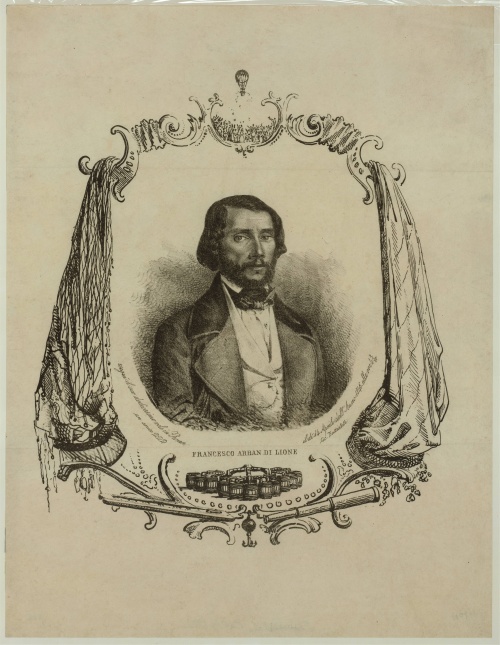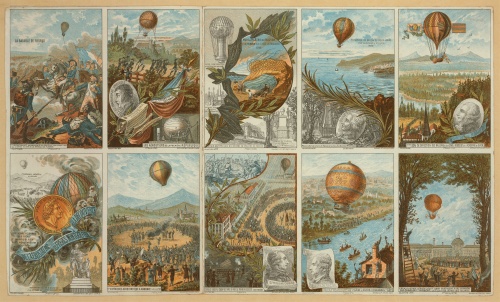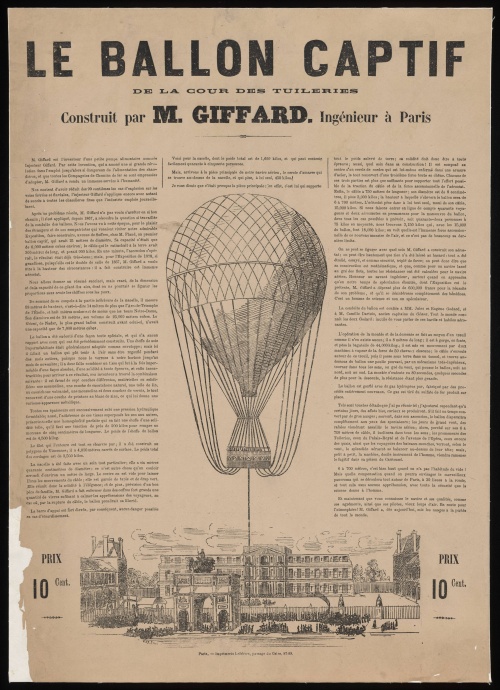Montgolfiere (67 works)
Разрешение картинок от 3330x1543px до 6407x5397px
A hot air balloon (French Montgolfiere) is a balloon with a shell filled with hot air. It was named after the inventors, the Montgolfier brothers, Joseph-Michel and Jacques-Etienne. The first flight took place in the city of Annonay (France) on June 5, 1783.
However, the history of the hot air balloon began even earlier. In August 1709, the Brazilian-born Bartalameo Lorenzo, living in Portugal, where he was known as the priest Lorenzo Guzmao, demonstrated to the highest nobility a model of an aeronautical apparatus, which was a thin egg-shaped shell with a small brazier suspended underneath. During one of the tests, the model rose 4 meters into the air. That same year, Guzmao began the Passarola project. However, there is no evidence as to whether this project took place. But in any case, Lorenzo Guzmao was the first person who, based on the study of physical phenomena of nature, was able to identify a real method of aeronautics and tried to implement it in practice.
The story that in 1731 the clerk of Nerekhta (that is, a resident of Nerekhta) Kryakutny in Ryazan attempted to ascend in a hot air balloon is considered falsified by many modern researchers.
In 1782, the Brothers Jean-Etienne and Joseph-Michel Montgolfier, who were interested in the issues of dynamic aeronautics, and also tried to experiment with shells filled with hydrogen, familiar with this discovery, came to the conclusion that the reason for the rise of clouds was their electrification. In order to produce gas with electrical properties, they began to burn wet straw and wool. They used this material by analogy with the processes occurring in an electrograph, and water was added to produce steam similar to the composition of clouds. They called their balls (at first they were rectangular in shape and only then spherical) aerostatic machines. One of these balls, 3.5 meters in diameter, was shown to family and friends. The balloon, having risen to a height of 300 meters, stayed in the air for about 10 minutes. After this, the Montgolfier brothers built a shell with a diameter of more than 10 meters, it was made of canvas, in the upper part the inside was covered with paper and reinforced with rope tape. The demonstration of this ball took place on the market square in the city of Annone on June 5, 1783. A protocol was drawn up that reflected all the details of the flight. The balloon rose to a height of 500 meters and stayed in the air for about 10 minutes, flying 2 kilometers.
On September 19, 1783, in Versailles (near Paris), in the presence of King Louis XVI in the courtyard of his castle at one o'clock in the afternoon, a balloon soared into the air, carrying in its basket the first air travelers, who were a ram, a rooster and a duck. The ball flew 4 kilometers in 10 minutes. To fill it, 2 pounds (32 kg) of straw and 5 pounds (2.3 kg) of wool were required.
On September 24, 1784, a woman flew into the air for the first time in a hot air balloon in Lyon. Mrs. Tible, in the presence of the Swedish King Gustav III, rose to a height of 2700 meters and stayed in the air for 142 minutes.
June 15, 1785 became tragic in the history of aeronautics. On this day, the pilot, physicist, inventor Jean Francois Pilatre de Rosier and his friend, mechanic Romain, died. This balloon (Rosière) was a combination of a hot air balloon and a Charlier, which led to the tragedy
Later, hot air balloons gave way to balloons filled with hydrogen, the so-called Charliers. This was caused by the inherent disadvantages of hot air balloons: the need to take on board a large amount of fuel, the danger of a fire in the air, etc.
However, in the second half of the 20th century, hot air balloons became popular again. This was led to by the emergence of new lightweight and fire-resistant materials and the emergence of special gas burners, which, together with gas cylinders, made up a convenient and reliable control system for hot air balloons. In addition, such a type of hot air balloons as solar ones appeared. The temperature difference between the air in the shell and the environment is about 30 degrees. Of course, such balloons can only fly in sunny weather, and the volume of the shell is 2.5-3 times larger than that of ordinary ones.
The emergence of new types of hot air balloons led to the emergence of new types of competitions and air festivals - fiestas. In competitions, it is necessary to bring the balloon as accurately as possible to a given point or to optimize the time or distance interval of the flight. Fiestas are a more enchanting spectacle: the simultaneous launch of dozens, hundreds, and at especially large fiestas, thousands of hot air balloons of various shapes and colors make an indelible impression on the audience.































